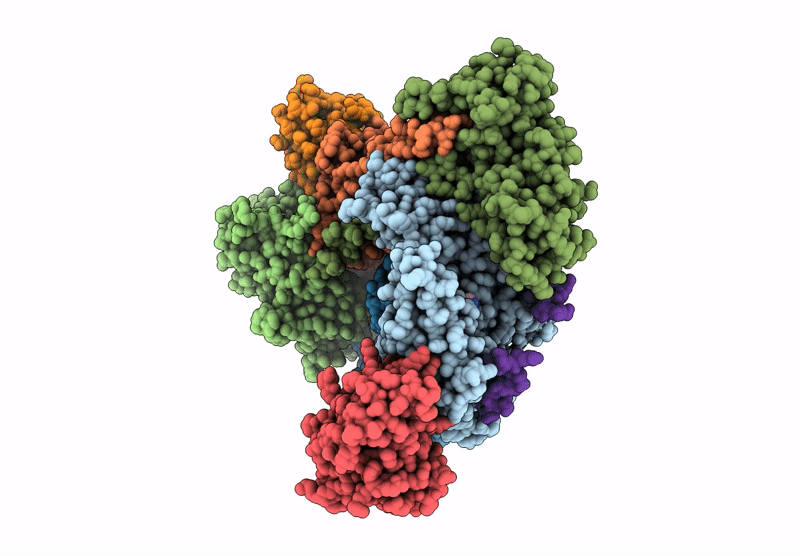
Deposition Date
2024-09-11
Release Date
2025-02-12
Last Version Date
2025-08-27
Entry Detail
PDB ID:
9DLX
Keywords:
Title:
Bovine Arp2/3 complex with N-WASP CA bound to Arp3 and Arp2-ArpC1
Biological Source:
Source Organism:
Homo sapiens (Taxon ID: 9606)
Bos taurus (Taxon ID: 9913)
Bos taurus (Taxon ID: 9913)
Host Organism:
Method Details:
Experimental Method:
Resolution:
2.91 Å
Aggregation State:
PARTICLE
Reconstruction Method:
SINGLE PARTICLE


